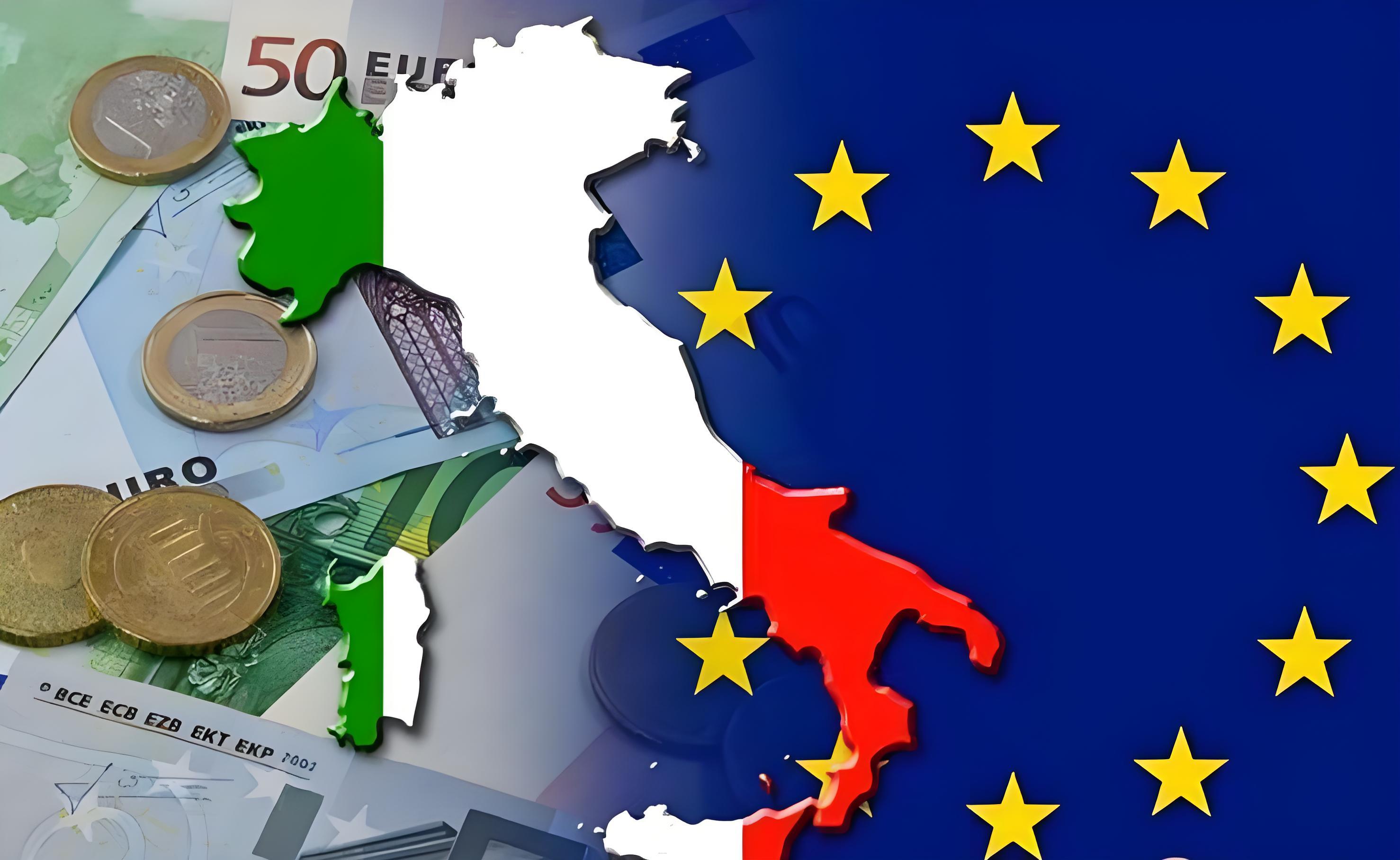
Local time on April 10, the International Monetary Fund (IMF) raised Spain's economic growth forecast for 2025 by 0.2 percentage points to 2.5%, and predicted that the country's economic growth rate in 2026 would be 1.8%.
The IMF's report shows that although the tariff policies announced by the US government have increased the instability of the world economy, the Spanish economy has a low degree of dependence on imports and exports with the United States. Therefore, the country's economic growth rate is still expected to rise. The IMF also warned that there is still a risk of further escalation of the trade war, which may affect Spain's economic growth rate.
The Bank of Spain recently released a macroeconomic forecast report and also raised the country's economic growth forecast for 2025 from 2.5% to 2.7% previously. The report stated that this adjustment is mainly based on the strong performance of the Spanish economy in 2024, with a growth rate of 3.2%, far exceeding the average level of 0.9% in the eurozone, demonstrating the country's continuous upward economic development trend. However, the Bank of Spain also warned that the uncertainties in the global economy, especially the new tariff measures of the United States, may impact the country's exports and supply chain, adding variables to its economic growth path.
The strong performance of the Spanish economy mainly benefits from the boost of domestic demand, especially the significant growth of private consumption. In 2024, private consumption in Spain contributed more than 60% to economic growth, becoming the main driving force for economic growth. In addition, the continuous recovery of the tourism industry has also provided important support for economic growth. In 2024, the number of foreign tourists received by Spain reached a record high of 94 million, an increase of 10% compared with 2023. The consumption of these tourists in Spain was approximately 126 billion euros, a year-on-year increase of 16%, indicating the strong recovery of the Spanish tourism industry.
In the industrial field, Spain is the second largest automobile manufacturing country in Europe and the eighth largest in the world. The automobile industry contributes 10% to its gross domestic product (GDP) and accounts for 18% of the country's total exports. In recent years, Spain has vigorously developed the green economy. Through the introduction of foreign investment and the support of EU funds, it has promoted the rapid development of the new energy industry. In 2024, the installed capacity of solar and wind power generation in Spain increased significantly, making it a leader in the development of new energy in Europe.
Although the Spanish economy has performed strongly, it still faces internal challenges. Looking at the external environment, the uncertainties in the global economic situation pose potential threats to the Spanish economy. The tariff disputes unilaterally provoked by the United States have triggered global trade tensions. The European Commission announced countermeasures on March 12 in response to the US measures of imposing tariffs on steel and aluminum products. Against this background, as an export-oriented economy, Spain's export market is inevitably affected. Problems such as reduced orders and increased costs have emerged in an endless stream, and many enterprises are extremely worried.
Focusing on the domestic situation, the two major problems of increasing public debt and high unemployment cannot be underestimated. Although the proportion of Spain's public debt in GDP decreased in 2024, the European Commission predicts that Spain's fiscal deficit will increase slightly in 2025. In the long run, the fiscal sustainability of Spain still faces medium risks and needs to be addressed through prudent fiscal policies. In addition, the unemployment rate in Spain is still relatively high, especially the youth unemployment rate and long-term unemployment rate remain high. Although the unemployment rate dropped to the lowest level since 2008 in 2024, it is still prominent compared with the average level of the EU. The structural problems in the labor market, such as the excessive proportion of temporary contracts, also pose challenges to the stability of employment in Spain.
Facing the complex economic situation, the Spanish government is taking comprehensive measures to consolidate the achievements of economic recovery. In response to external challenges, in view of the impact of the adjustment of US trade policies, Prime Minister Sánchez clearly stated that he will "stand firmly with enterprises and the people" and has started to formulate an emergency plan to focus on helping the industrial sectors most affected by the tariff policies. At the same time, the Spanish government is actively participating in the formulation of EU trade policies and promoting multilateral trade cooperation to reduce the impact of trade disputes on the economy.
In terms of internal reforms, the Spanish government is focusing on promoting three key measures to enhance the anti-risk ability of the Spanish economy. First, deepen the reform of the labor market, focus on reducing employment market barriers, and improve the quality of employment; second, increase investment in new energy and high-tech industries, promote the diversified development of the economy, and build a more resilient industrial structure; third, continuously optimize the fiscal revenue and expenditure structure, improve the efficiency of capital use, and provide a stable financial guarantee for economic development.
Economic experts pointed out that although the Spanish economy has shown strong resilience, in the context of increasing global economic uncertainties, it still needs to continuously promote structural reforms to ensure the sustainable and healthy development of the economy. Whether the future economic growth of Spain can reach the expected target will depend on the sustainability of domestic demand and the evolution of external risks.

The European Commission released a package of measures for the automotive industry on Tuesday (December 16th), proposing to relax the requirements related to the "ban on the sale of fuel vehicles" by 2035.
The European Commission released a package of measures for …
Venezuela's Vice President and Oil Minister Rodriguez said …
On December 16 local time, the Ministry of Space Science Ex…
Recently, a highly anticipated phone call between the defen…
Right now, the world's major central banks are standing at …
Recently, according to Xinhua News Agency, the news of a tr…